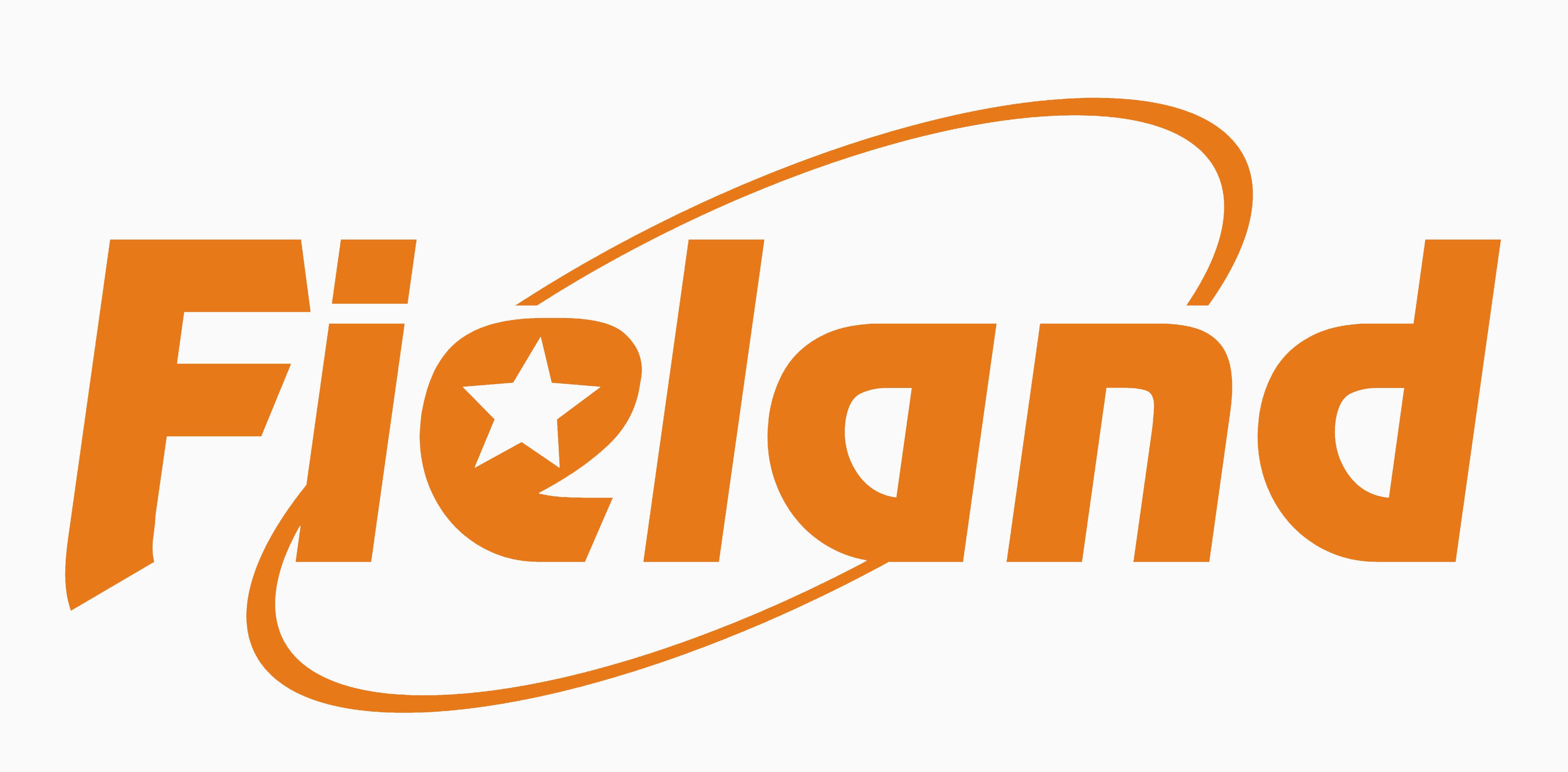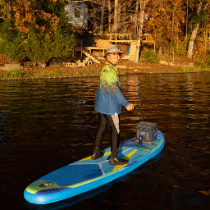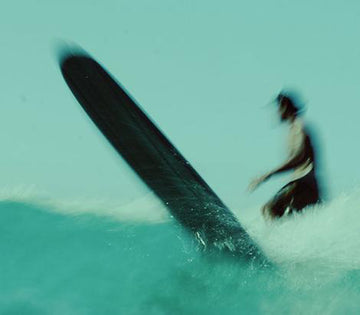How to choose an inflatable paddle board
If you want to play everything with one board, water skiing, hiking, surfing, the all-around board is the best choice. Fieland's all around board can meet all your needs. Fieland's all-round Inflatable Sup paddle boards includes three types:

The board is flat and wide, similar to the shape of a wakeboard. Its design focuses on making the board float on the surface of waves or lake or river water. Many beginners will start with an all-around board, because it is more stable and can be used for a variety of games.
- Paddle board volume and weight
The paddle board should be chosen according to your body size. If the board's displacement doesn't match your weight, your board won't be able to drag you out of the water. The volume and weight of the board are two very important reference factors when choosing a paddle board.
Volume: The volume of the board can be expressed in liters. The buoyancy created by the volume of the board gives the board the ability to carry heavy loads. The larger the volume of the board, the more weight it can carry.
A short board can have good buoyancy if it is wide and thick. In the same way, if the long board is narrow and thin, the buoyancy will not work. So, if a 200-pound surfer wants to surf, he can choose a short, maneuverable, but bulky board (wide, thick).
Load capacity: Every board has a certain load capacity. It is very important to know the load capacity of the board. If your weight is too heavy for your board, your board will have a deep draft and will not be easy to water ski.
- The length of the paddle board
When choosing the length of the board, think about it in advance, where do you want to skate? Surfing in the ocean, or racing in a calm lake requires a very different board.
Also, consider the size of your car and how easy it is to store and transport. And also consider the distance you need to take the board to the water's edge, usually in windy areas, it's more difficult to transport long boards over long distances. In this case, an inflatable board is more suitable, which can be transported to the water's edge and then inflated.
Short board (below 9' 2.8 meters), suitable for surfing. Compared with the long board, the maneuverability of the short board is better. Generally, children's surfboards are under 2.4 meters.
Medium board (9'-12' 2.8m-3.7m), ideal size for multi-purpose boards. Glide in the lake or simply surf in the sea. Fieland's inflatable Sup paddle boards are 10'6 in length. It is very suitable for beginners or simple surfers, and the range of use is very wide.
Long board (12.6'-14' 3.8m-4.3m) for competitions and water excursions. The long board is faster than the short and medium board, and it is easier to slide a straight line. If you're interested in racing or hiking, you'll need a longboard to race or glide long distances to your camp.
- The width of the paddle board
The width of the board is important for stability. Boards can be up to 36” 90 cm wide to accommodate a variety of user weights.
Wide planks (about 31′ 80cm or wider): Wide planks are more stable and easier to stand on than narrow planks. But the speed will be slower than the narrow board.
Narrow version (29″-30″ 74cm-76cm): The speed of the narrow board is faster than that of the long board, but the stability will be less.










